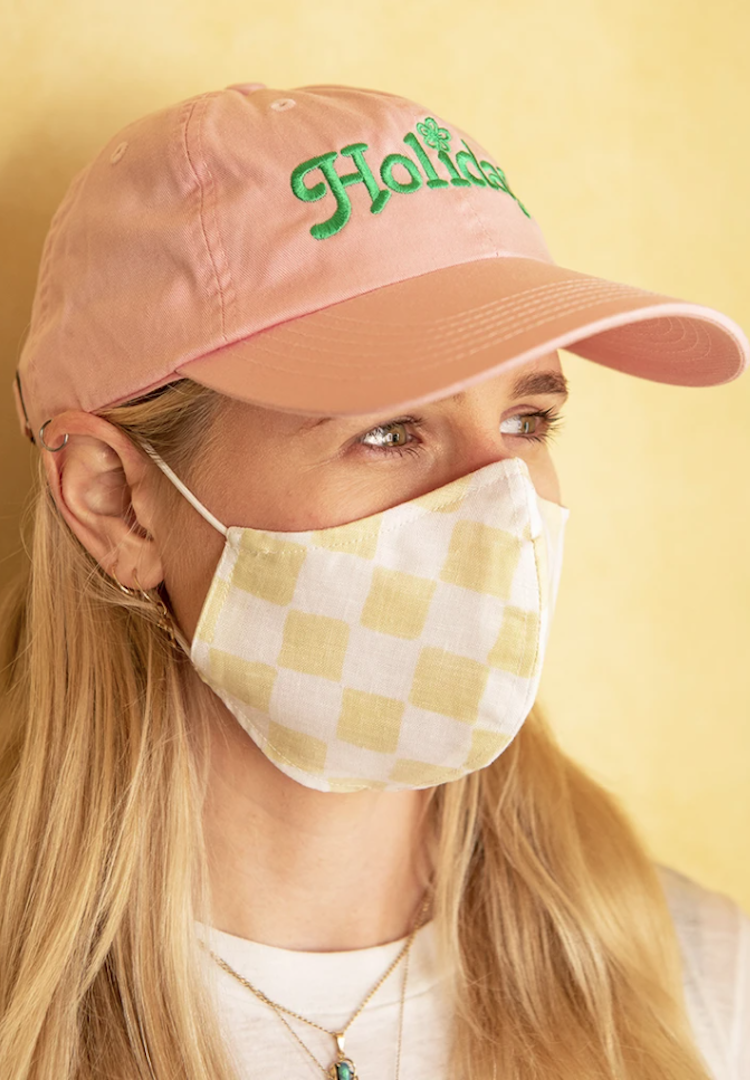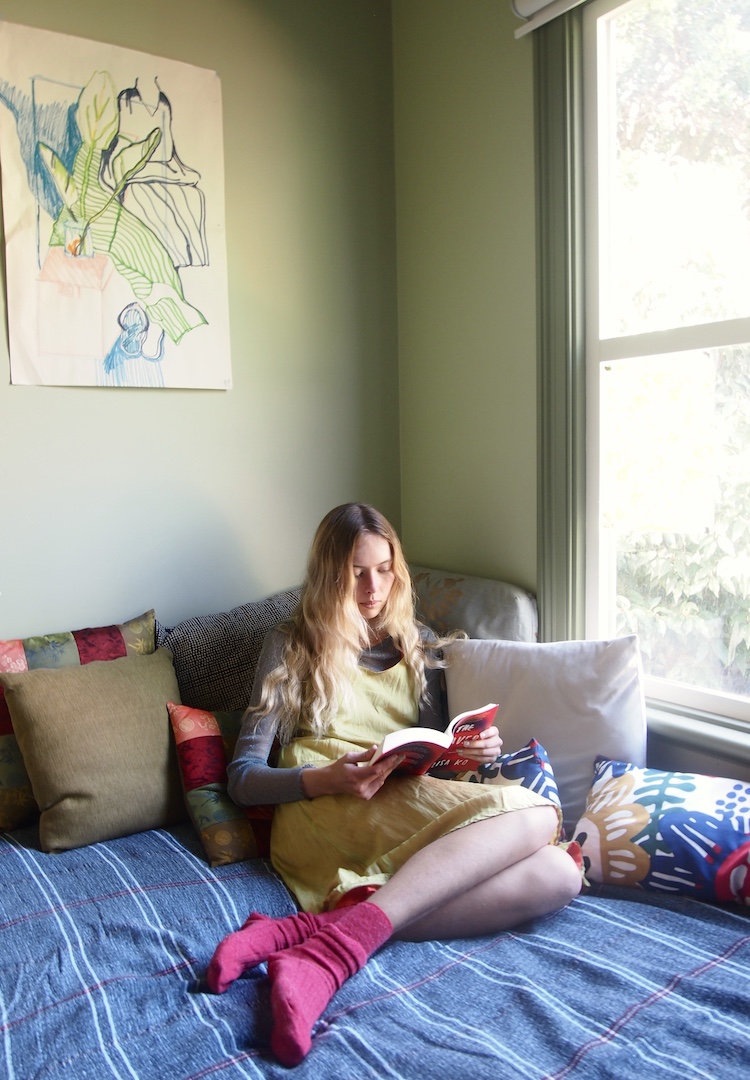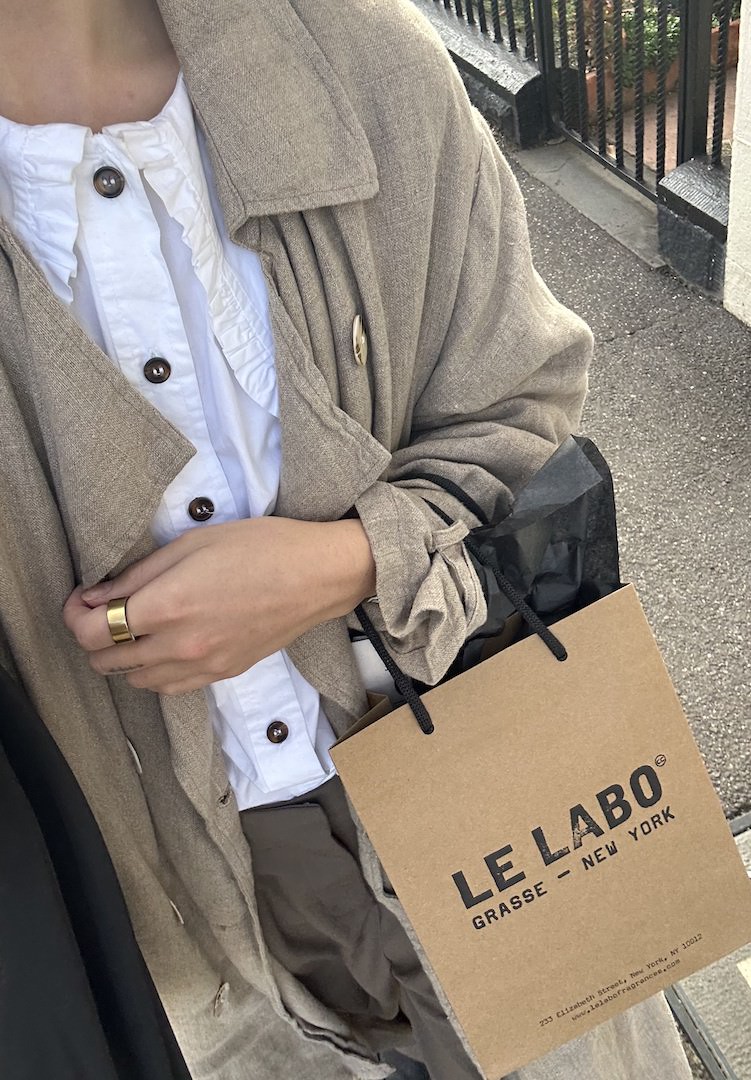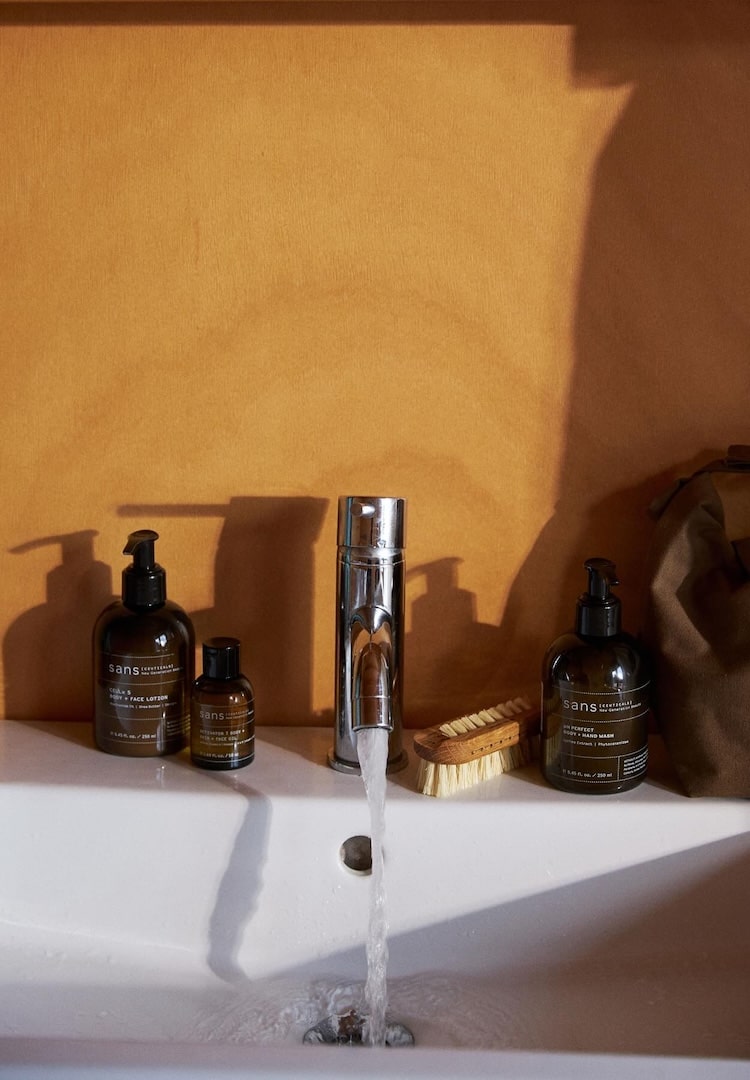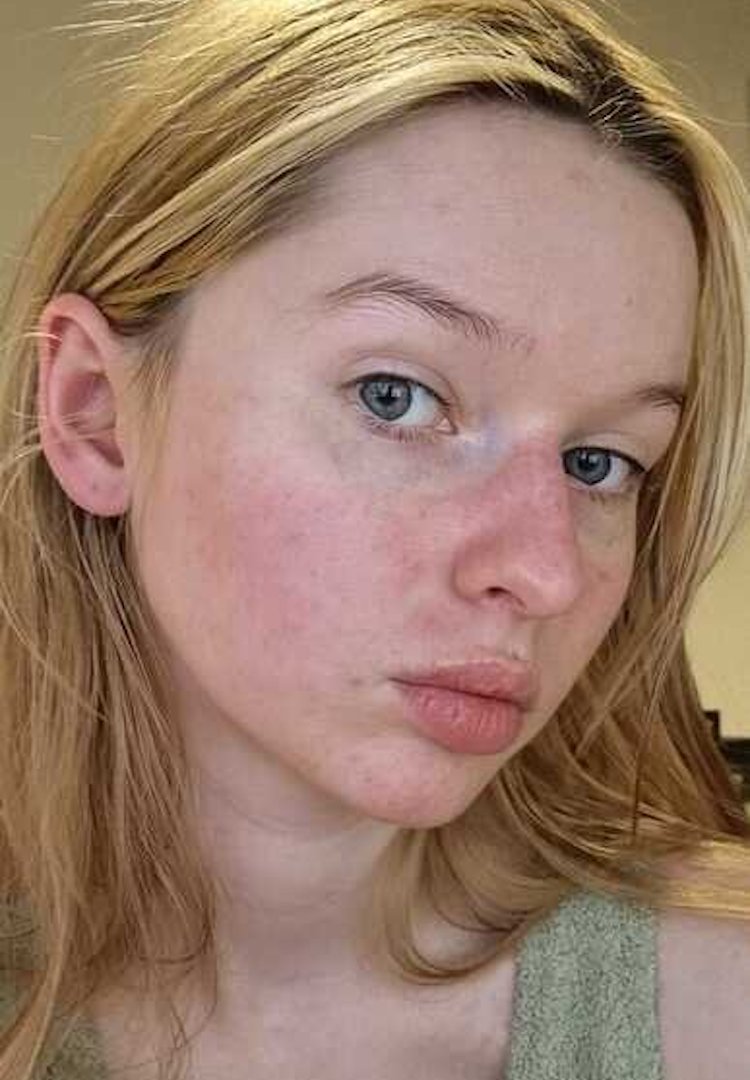Why do so many of us buy into the green, clean and natural skincare myth?
WORDS BY MAGGIE ZHOU
The beauty industry has a problem with greenwashing.
For so long, we’ve been sold the idea that natural is better. Many of us have succumbed to lush green tubes and tubs sporting floral imagery and equally flowery messaging.
“Organic! Pure! Clean!” they shout at us. “Himalayan salts! New Zealand manuka honey! Peruvian botanicals!”. But the fact is, organic skincare and beauty aren’t always as enticing as they’re made out to be.
I have fallen victim to this marketing on many occasions. It’s easy to understand why. With food, we’re taught that organic is indeed better. Pesticide-free, preservative-free, MSG-free, no artificial colours, no added sugar (AKA no added fun) are phrases we’ve seen proudly splashed on our food packaging.
Same goes with fashion. Polyester, nylon and other synthetics are ditched in favour of natural fibres like cotton, hemp, bamboo and linen. For food and fashion, there’s the assumption that natural ingredients and materials are kinder on the environment and kinder for your body.
We’ve heard about greenwashing – when businesses use misleading information as a form of marketing to make themselves seem more environmentally-friendly than they actually are – but does that practice infiltrate the beauty world, too?
For anyone who zoned out in high school science classes or is intimidated by the world of STEM, chemical jargon can be daunting and off-putting. The names of skincare ingredients can literally look like a cat has just run across your keyboard.
The rise of slow living and wellness culture has introduced terms like ‘chemical-free’ and ‘non-toxic’ into our skincare lexicon. Author, aesthetician and beauty expert Caroline Hirons has made it her mission to wade through beauty jargon and marketing techniques to figure out what’s actually in our products.
“Nearly everything is technically a chemical, including water,” she explains on her website. In fact, Caroline dubs the term natural as the most over-used and abused word in the industry. Like its fellow greenwashing terms eco-friendly, environmentally friendly, sustainable and green, natural does not have any legal guidelines or industry standards.
Caroline believes that a lot of this type of marketing comes down to fear-mongering. I asked beauty writer and digital creator Hannah English, who has a background in clinical research, if she thinks there are any specific ingredients we should be looking out for.
“I don’t think it’s right to try and scare people with cancer risk threats because no one’s gotten cancer from a product yet,” Hannah replies. “Maybe a sun tanning oil,” she adds, tongue-in-cheek. “In Australia, if something is on the market, it has to be registered [so] there’s some regulatory compliance done.”
“There’s that whole natural fallacy thing where people think that natural is better but really, arsenic is natural, poison ivy is natural. It’s a bit more nuanced than that.”
She explains that aspirin was invented because people were eating willow bark for its pain-relieving properties, however, it also irritated stomach linings. Chemists isolated the pain-relieving aspect of willow bark and modified it, so it was without adverse side effects.
“The point I’m trying to make is that you can take natural things and modify them to make them better. Penicillin was isolated from mould, right? But we don’t eat mould when we have an infection,” Hannah notes.
Apart from health concerns, there’s growing discourse about the sustainability of beauty products. We’re questioning beauty hauls, demanding better packaging and asking about the sourcing of ingredients.
“When we say green beauty, [it’s] nice that we are thinking about the sustainability of packaging and such,” Hannah says. She points to brands such as Syrene Skincare, whose packaging utilises ocean waste, Fluff, whose weighted cloud bronzers aren’t just pretty but also refillable, and Emma Lewisham, who uses recycled materials for packaging and offers refills and an end of life recycling program.
“I wish the clean stuff meant something more like, ‘we use sustainable chemistry’, or ‘there’s minimal waste in our manufacturing’. Instead, it means… if you can’t pronounce it, don’t put it on your face,” Hannah says.
What this has illuminated for me is that there should be less focus on fear-mongering and debating whether natural is better. Instead, we need accessible information that demystifies the science behind skincare.
It feels intimidating trying to read ingredient lists packed full of letters that have high-scoring Scrabble potential, and when you see natural and you see fruit and vegetable names, there’s an immediate comfort and familiarity.
But what I’ve learnt is that natural is not always better. It’s up to us to do our own research and develop a more in-depth understanding of what each ingredient is actually doing to our skin. Thankfully, improving skincare literacy is as easy and enjoyable as watching one of Hyram’s YouTube videos or Hannah’s IGTV. No Bunsen burners required.

